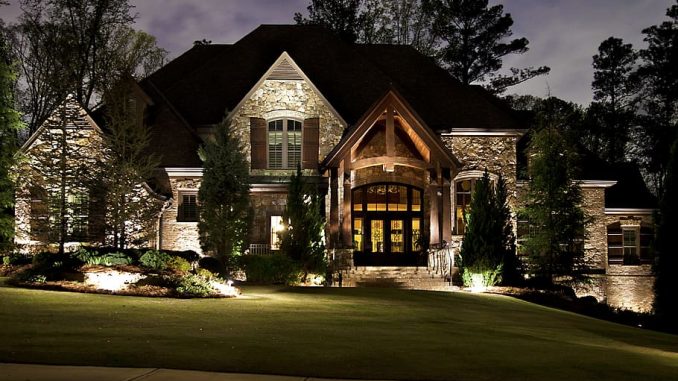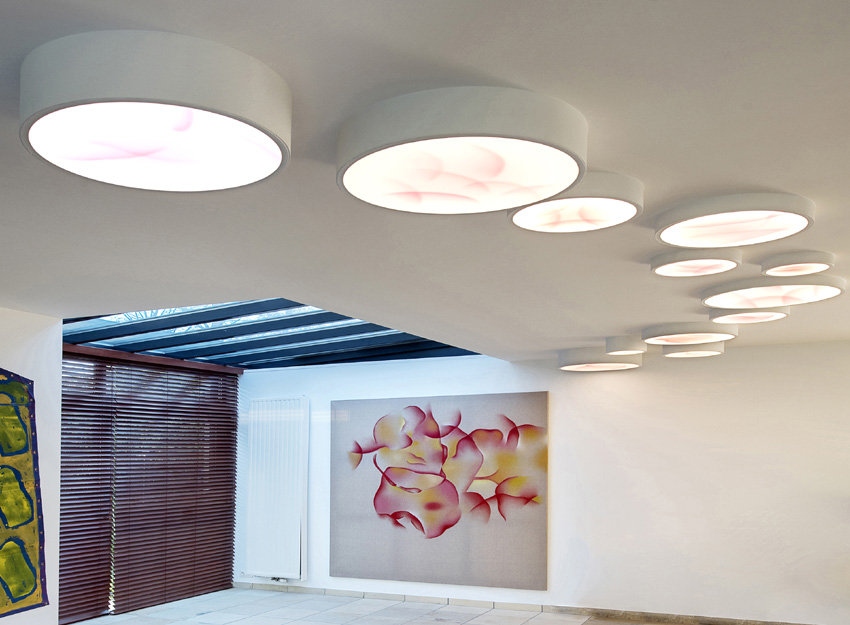
3 Great Tips to Brighten Up Your Home
Sunlight has a considerable influence on our mood: it blocks the synthesis of a hormone called melatonin, also known as the “sleep hormone”, which plays a sort of “regulating” role on our biological clock.
Low light during the day activates melatonin production and leads to fatigue, hypersomnia (sleeping too much), and even depression.
Some people are affected by the phenomenon of seasonal winter depression, and some people feel this loss of energy due to the lack of light.
However, you can’t (unfortunately) spend all your life outside enjoying the sunshine. So what can you do?
There are many ways to bring the sun into your home. Choose the right bulbs, put the lights in the right places, arrange your furniture skilfully, opt for the right colors… This post will guide you on how to do it.
1. Which lighting for which room?
Not all rooms require the same lighting. Before you make any changes to your home, ask yourself what you want from each room first:
– Bathrooms and dining rooms are generally rooms that need a lot of light: LED bulbs (with maximum lumens) or halogen bulbs are ideal for this room.
– On the other hand, a room that is too bright can be annoying: prefer low-energy bulbs or even LEDs.
– Similarly, a TV corner that is too bright can quickly become a nuisance, even causing headaches due to excessive stimulation of the eyes, both by the lighting and by the flashes of light sent by the screen: here too, low-energy bulbs are recommended.
There are 4 types of lighting, to be chosen according to the specific needs of each room:
– directional lighting: the light is directed precisely on an area or an object (desk lamp, for example);
– indirect lighting: the light is projected on a ceiling which reflects it in the room, giving softer lighting (like a string of lights);
– diffused lighting: the light is hidden behind a diffuser, which provides a subdued light in large spaces (e.g., lantern placed on a table);
– marker lighting: marker lighting marks out an area (small spotlights embedded in the steps of a staircase, for example).
2. Which bulb for a bright light?

It is not recommended to install the same type of bulbs for all rooms, as your lighting needs will vary depending on where you are in the house. Here are some great tips to get you started.
If you want intense lighting, choose a LED bulb with a minimum of 806 lumens (LED bulbs are gradually replacing halogen bulbs) :
– Illuminating LEDs emit light as bright and intense as halogen bulbs.
– They consume little energy and do not give off heat.
– A LED bulb has a very long life: from 10,000 to 30,000 hours of lighting.
– A LED bulb costs an average of $10.
Note: You can use LED bulbs in different rooms with a lighting color adapted to each room (warm white light for a bedroom or living room, neutral white light for a kitchen or bathroom, etc.).
3. Which bulb for intermediate lighting?
For essential but less bright lighting, opt for low-energy bulbs, also called compact fluorescent bulbs:
– They give off very little heat and have a lifespan of 10,000 hours, 10 times longer than a conventional bulb.
– Low-energy bulbs cost about $10.
– They are ideal for living rooms and kitchens: they light up well while diffusing a soft light, a little aggressive for the eyes.
That said, they do not have only advantages: when you turn on the light, the bulb takes some time to reach its maximum lighting.
This article will continue in our subsequent publication to advise you further on:
- Which bulb for intimate lighting?
- Choice and arrangement of furniture
- Walls and partitions: light colors!
- Don’t forget the floors!
Stay connected!

Leave a Reply